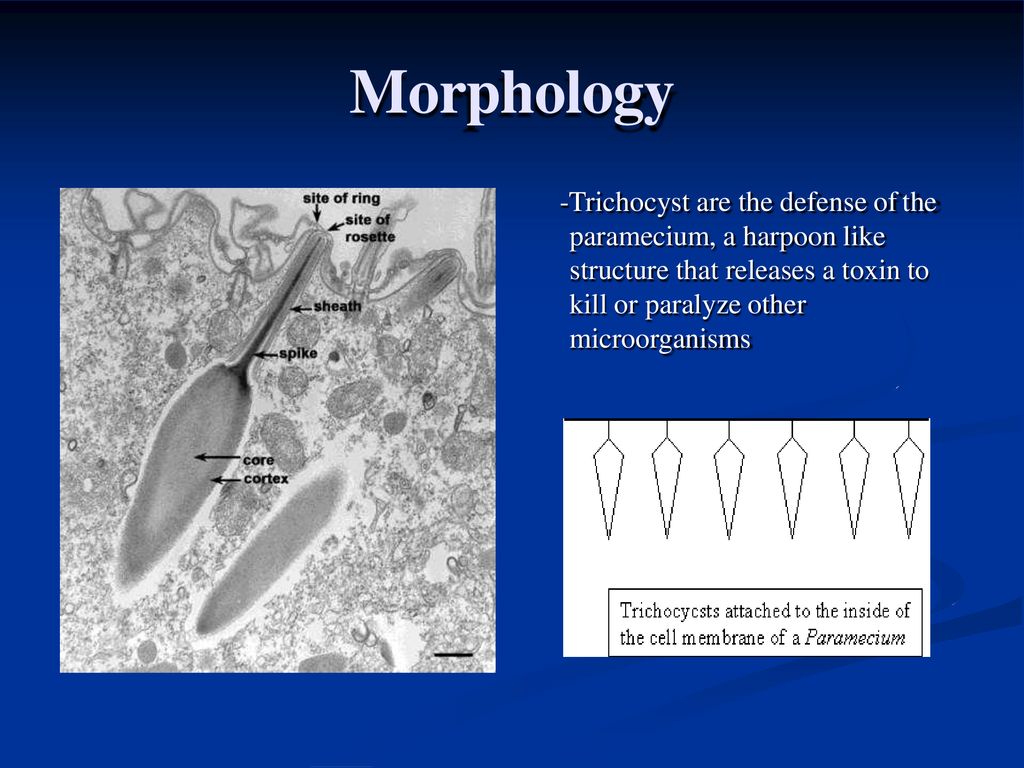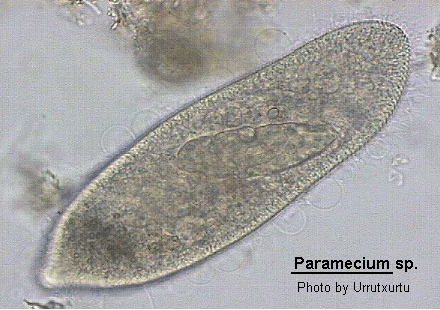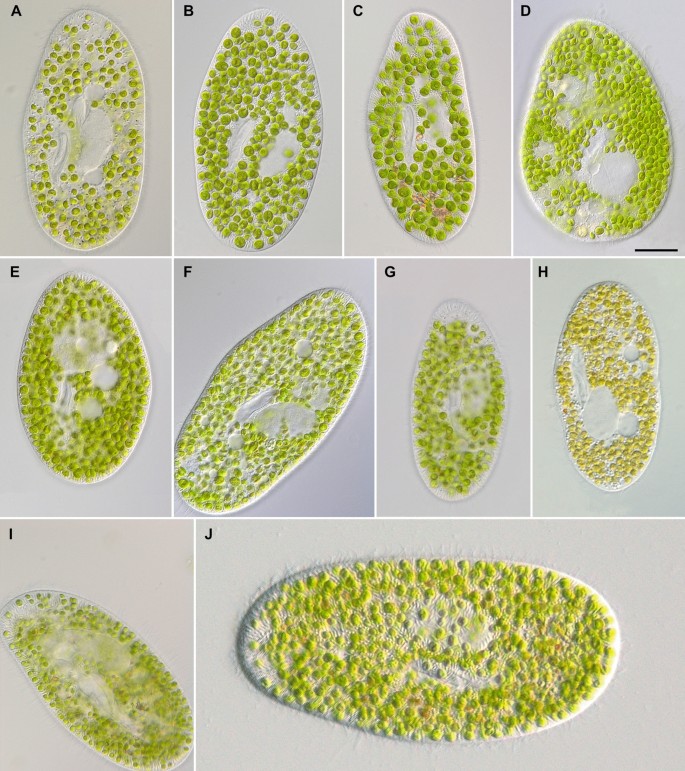Paramecium is a type of single-celled, heterotrophic organism that belongs to the kingdom Protista. It is a common inhabitant of freshwater ponds and streams, and is easily identifiable by its distinctive ciliate shape.
One of the most striking features of paramecium is its size. It ranges from about 50 to 350 micrometers in length, and is typically about 50 to 75 micrometers wide. The body of a paramecium is covered with cilia, which are tiny, hair-like projections that help the organism move through water. The cilia are arranged in rows and are used for locomotion, as well as for feeding and sensing the environment.
Another key aspect of the morphology of paramecium is the presence of a cytostome, or "mouth," located on the underside of the cell. The cytostome is surrounded by a ring of cilia known as the cytopharynx, which helps to bring food particles into the cell. Paramecium feeds on small organisms, such as bacteria, algae, and yeast, which it captures with the help of its cilia and secretes enzymes to break down the food.
In addition to the cytostome, paramecium has a number of other organelles that play important roles in its physiology. For example, the cell contains a large central vacuole, which helps to maintain the proper balance of water and ions inside the cell. It also has mitochondria, which produce energy for the cell, as well as a variety of other organelles involved in processes such as DNA replication, protein synthesis, and waste disposal.
One of the most interesting aspects of paramecium is its mode of reproduction. It is capable of both sexual and asexual reproduction. In asexual reproduction, the cell divides into two identical daughter cells through a process called binary fission. In sexual reproduction, paramecium undergoes a process called conjugation, in which two cells come together and exchange genetic material.
In summary, the morphology of paramecium is characterized by its ciliate shape, cytostome, and various organelles. It is a fascinating and complex organism that has a range of important functions in its environment.








